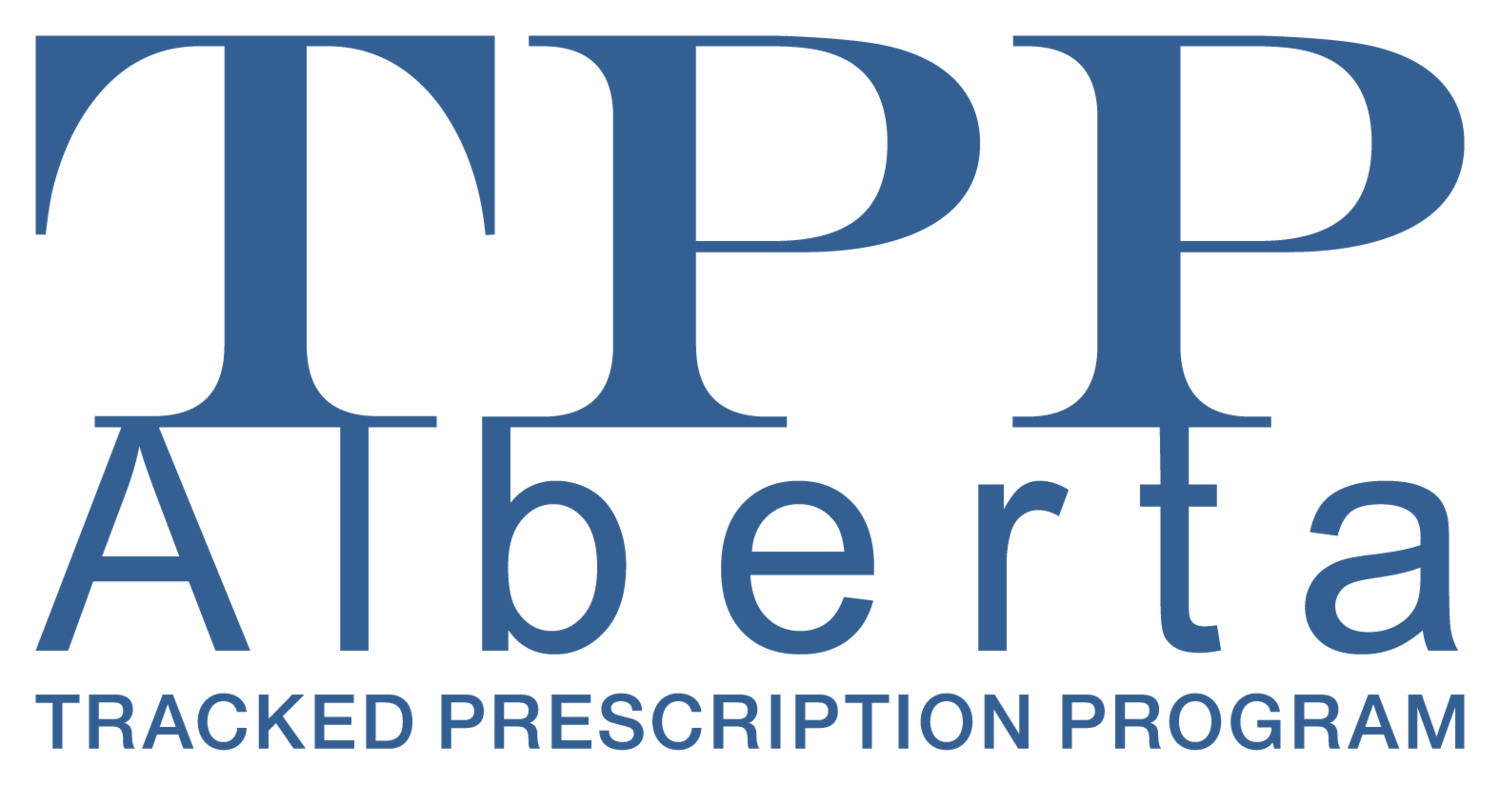Is your TPP prescription pad safe and secure?
A locked vehicle is not always secure.
We recently learned several TPP prescription pads were stolen following vehicle break-ins. As stated in the TPP Alberta Program Guide, “Prescribers should take reasonable steps to ensure the security of their TPP Alberta secure forms (e.g., storage of pad under lock and key) to reduce the risk of individuals improperly obtaining TPP medications. Prescribers should maintain possession/custody/security of their forms at all times.”
As they say, "a gram of prevention is worth a kilogram of cure." Please safeguard your prescription pads and do not leave them in your vehicle.
If a TPP prescription pad is lost or stolen, prescribers must immediately:
Report the stolen pads to the police
Notify TPP Alberta and provide the following information:
Date of loss or theft
Tracking numbers of missing forms
Name of the last patient prescribed a secure prescription
The police file number, and the investigating constable’s name and phone number.
Pad Ordering And Use
Please do not stockpile TPP prescription pads. Only order the quantity you need when you are running low. If the delivery address for your pads is different from the clinic address, please include your contact phone number on the order so TPP Alberta staff can follow up with you as required.
You may be pleased to know that an online TPP pad order form is on its way — stay tuned!
Best Practices In Prescribing
Patient Verification
While it may seem like a given, remember the first step before providing any patient care is to confirm the identity of the patient. If the patient hasn’t been positively identified, subsequent phases of care could negatively impact patient outcomes (and even public safety).
Unless you personally know the patient, it is best practice to view their picture identification. If one is not available, two pieces of secondary identification should suffice (e.g., AHCIP card, birth certificate, marriage certificate). Documenting identity verification in the patient record is also recommended.
Identity verification should also be conducted on subsequent patient visits if you are unfamiliar with the patient. Open-ended questions requesting details such as their address, phone number and date of birth could also be asked.
Missing this simple step could result in misprescribing similar to what occurred between January 2007 and January 2013 in British Columbia, when an impersonator obtained over 250 prescriptions for narcotics from multiple physicians and had them filled at 34 different pharmacy locations.
Common drugs implicated in prescription forgeries reported over the summer of 2020 to the Alberta College of Pharmacy or CPSA include acetaminophen with codeine (e.g., Tylenol 3 & 4), benzodiazepines/z drugs (e.g., bromazepam, zopiclone), lisdexamfetamine dimesylate (Vyvanse) and gabapentin.
Questions about prescribing? Contact CPSA’s Physician Prescribing Program.

